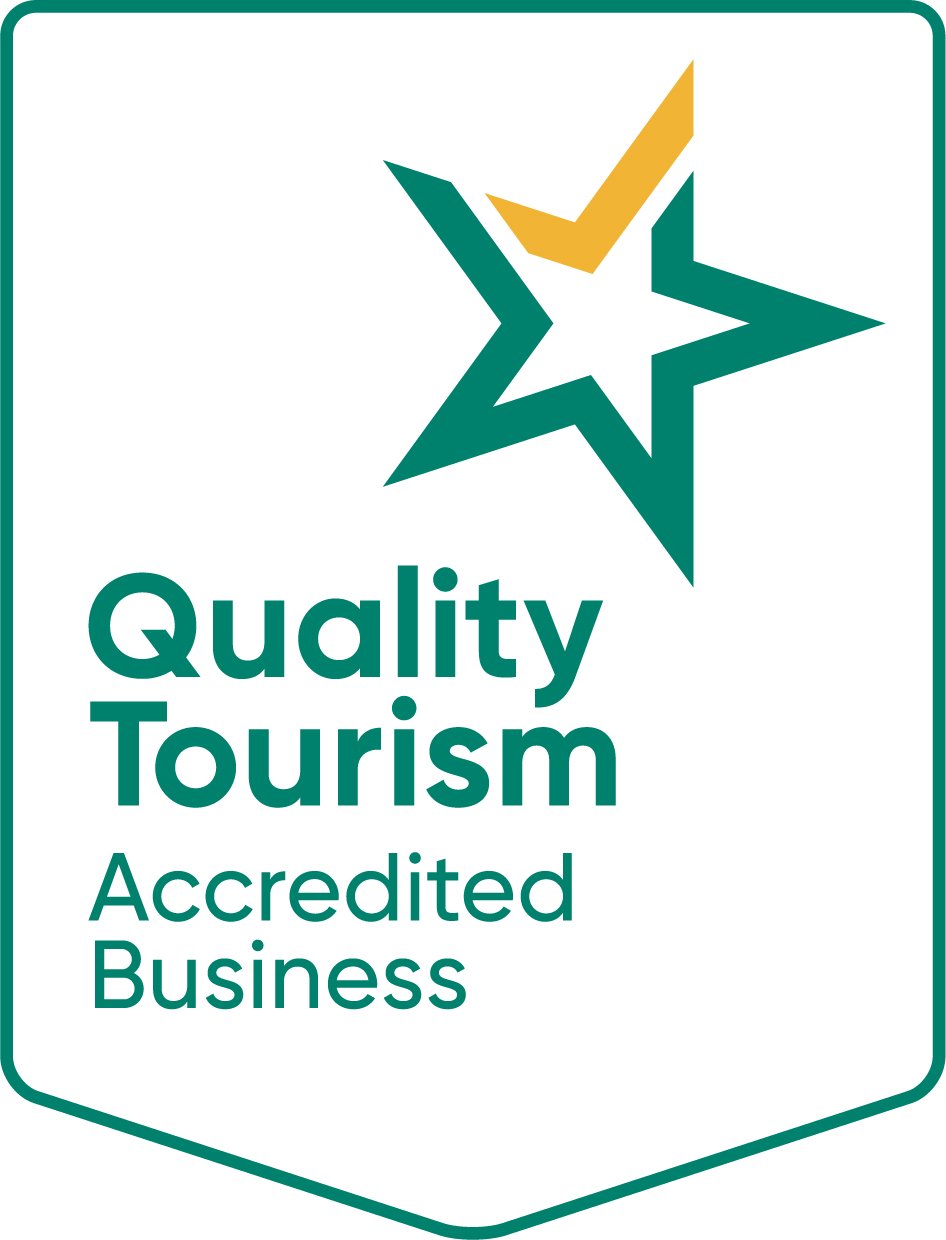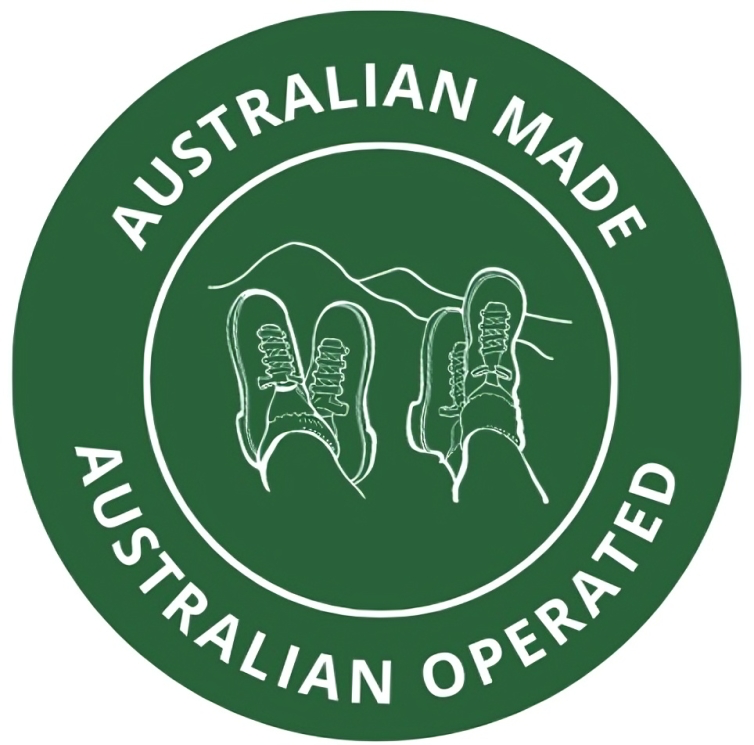What our guests are saying
As usual the organisation went like clockwork, the food and accommodation was the best, which allowed us to concentrate on the magnificence of the Julian Alps through to the wonders of Mljet and Dubrovnik. Some of the walks were testing but only increased the satisfaction of having accomplished something out of the box with a great group of new friends.
DonBribe Island, Australia
A wonderful introduction to the Prom and associated region. Graeme's knowledge and passion for this area was evident throughout and it made our experience highly memorable. A wonderful adventure made all the more so by Graeme's attention to detail with a laid-back approach that made us all feel like a member of a family. Fantastic!
MichaelBrisbane, Australia
Kimi our Japanese guide was sensational. He was forever considerate, alert and looked out for our welfare, safety and enjoyment. A real treasure! Our group was always on time for our daily journeys and the energy was fun. Japan's countryside did not disappoint as it was magical with its autumn colours which only enhanced the adventure. Many thanks.
MarieWillow Vale, Australia













